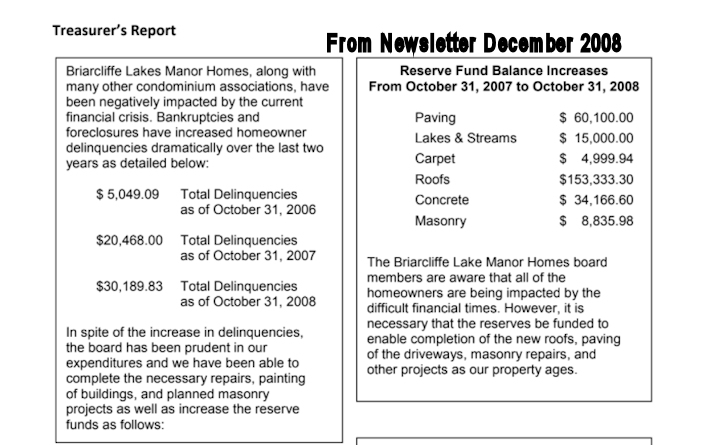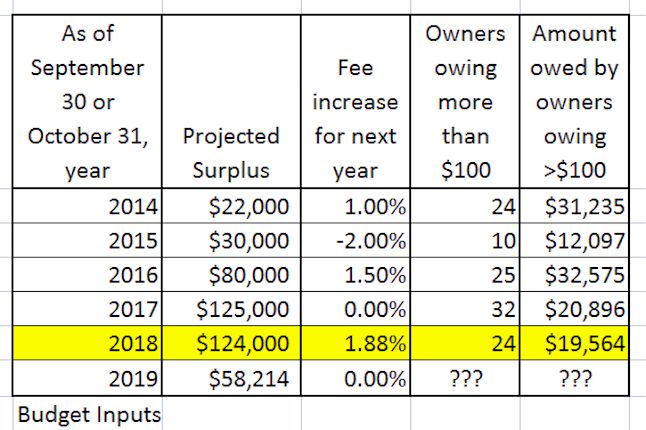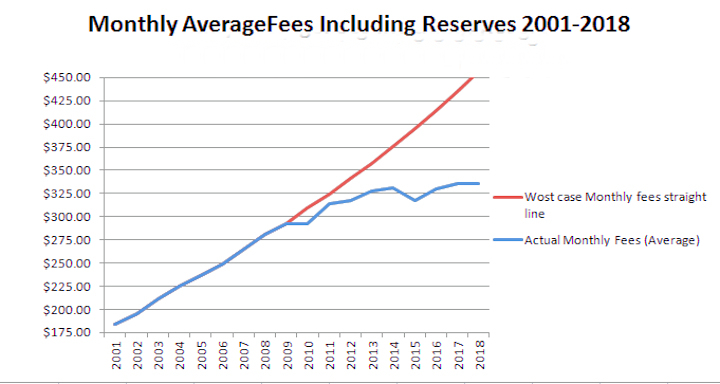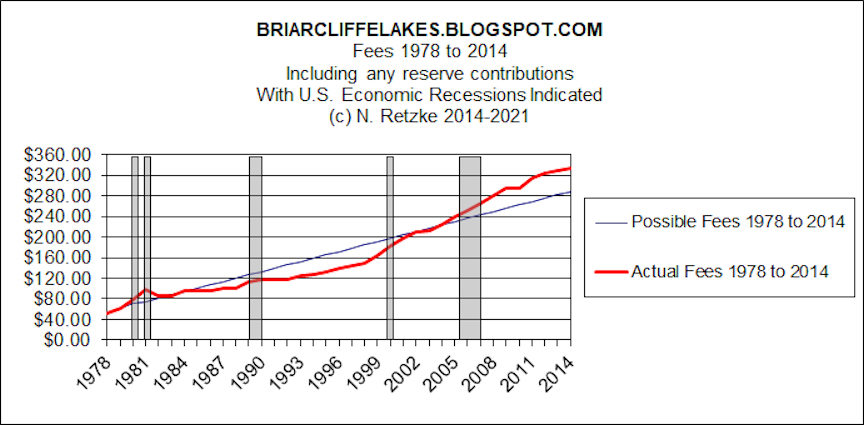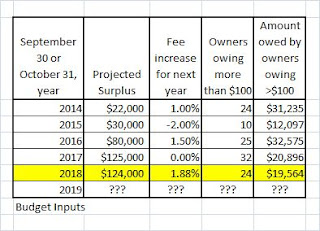On March 29, 2020 I read the entire 880+ pages of the "CARES Act". This was originally more than 1,200 pages. I did not read that version. Here's a few highlights of the Act:
H.R. 748 Coronavirus Aid, Relieve and Security Act
Purpose: Providing emergency assistance and health care re-sponse for individuals, families and businesses affected by the 2020 coronavirus pandemic. This is also called the "CARES Act" - LOL
If you want to read the $2 + Trillion bill, then here you go, I've included a link to the congressional website. The Act includes Hundreds of $Millions (perhaps $Billions) for government salaries and Administrative costs. Some aspects will be funded annually through 2025! Key provisions:
$180 Billion for the health care sector. Includes $4 billion for community health centers, $millions for "teaching health centers", and $millions for diabetes programs.
$25 billion in loans to to commercial airlines, $10 billion to airports, $4 billion to cargo airlines and $3 billion to aviation contractors. This is for wages, salaries and benefits of approx. 2 million aircraft industry workers.
$4 billion estimated in tax relief to airlines.
$500 billion to a fund for making loans to businesses, as well as states and municipalities. This includes $10 billion in loans to the Post Office and $17 billion in loans to "firms vital to maintaining national security" (not specifically defined in the bill).
$55 billion worth of refundable tax credits for businesses that retain workers on their payroll despite revenue declines. This provision covers up to 50% of the first $10,000 in compensation, including health insurance premiums.
$12 billion estimated so employers may delay paying their share of payroll taxes on their employees for one to two years.
$150 billion in direct aid to help state, local and tribal governments cover rising costs and reduced tax revenues. The payments are scaled to the population of the state, with a $1.25 billion minimum per state.
$3 billion to the District of Columbia, the Commonwealth of Puerto Rico, the United States Virgin Islands, Guam, the Commonwealth of the Northern Mariana Islands, and American Samoa.
$8 billion to Native American tribes.
This is in addition to health care funds.
$14 Billion to the Commodity Credit Corporation.
$1 Billion for Defense Production Act Purchases.
$1.45 Billion for “Defense Working Capital Funds”.
$45 Billion for “Disaster Relief Fund”.
$400 million for for “Federal Assistance” both domestically and internationally.
$1.874 Billion for “Children and Families Services Programs”.
$8.8 Billion for “Child Nutrition Programs”.
$15.8 Billion for “Supplemental Nutrition Assistance Program”.
$27 Billion for “Public Health and Social Services Emergency Fund” which includes an additional $275 million of which $90 million shall be transferred to “Health Resources and Services Administration—Ryan White HIV/AIDS Program”, $180 million to “Health Resources and Services Administration—Rural Health” etc. etc.
$955 Million for “Aging and Disability Services Programs”.
$30.75 Billion to an “Education Stabilization Fund”.
$25 Billion for for “Transit Infrastructure Grants”.
$5 Billion for the “Community Development Fund”.
$4 Billion for “Homeless Assistance Grants”.
$1 Billion for “Project-Based Rental Assistance”, $50 million for “Housing for the Elderly”, $15 million for for “Housing for Persons with Disabilities”, $2.5 million for “Fair Housing Activities”
$10 million to "Minority Business Development Agency”.
$25 Million for “Distance Learning, Telemedicine, and Broadband Program”.
Aid to the Arts:
$78,000 to the "Institute Of American Indian And Alaska Native Culture And Arts Development",
$7.5 Million to the Smithsonian Institution,
$25 Million to the John F. Kennedy Center For The Performing Arts.
$75 Million to the National Foundation On The Arts And Humanities.
$75 Million to the National Endowment For The Humanities.
Additional:
$360 Million to the DEPARTMENT OF LABOR.
$4.3 Billion to the Centers For Disease Control And Prevention
Approx $1 Billion to National Institutes Of Health.
$525 Million to Substance Abuse And Mental Health Services Administration plus $200 Million for administrative expenses.
$900 million for “Low Income Home Energy Assistance”.
$3.5 Billion for “Payments to States for the Child Care and Development Block Grant”.
$1.84 Billion for “Children and Families Services Programs”.
Etc. Etc, Etc.
Aid to state, local and urban governments include:
$45 billion delivered through the Federal Emergency Management Agency’s Disaster Relief Fund, covering such efforts as National Guard deployment, logistics coordination, and safety measures.
$25 billion for mass transit systems, to protect existing services as well as upgrade health and safety protections.
$31 billion for K-12 schools and higher education institutions.
$3.5 billion for child care, focusing on care for the children of health care workers, emergency
responders, sanitation workers, and other employees essential to health and public safety.
An additional $42 billion in food and housing. This includes $25 billion for increased usage of food stamps and child nutrition assistance, which includes aid to schools struggling to provide free lunches off-site. $12 billion for housing support, including homelessness assistance, and $5 billion for child and family services. $450 million to food banks.
The bill sets aside $400 million for states to bolster vote-by-mail capabilities, expand early voting and online registration, and bolster the safety of in-person poll workers.
Transparency protections and limits on corporations
Other provisions:
Companies cannot use federal aid to make stock buybacks or issue dividends. Increases in executive compensation are limited, and collective bargaining agreements cannot be voided.
Details of loans and grants to companies are to be rapidly made public. In addition, businesses controlled by the president, vice president, members of Congress, and heads of executive departments cannot receive loans or investments from the government.
The bill establishes both a special inspector general’s office and a congressional oversight commission to conduct oversight.
The bill includes new rules for sunscreen drugs, rules for drug approvals unrelated to COVID-19, safety labeling changes, packaging, etc.
Link to Congressional Website:
Link to Congressional Website:
HR 748 ENR: Coronavirus Aid, Relief, and Economic Security Act
(C) Original Content www.briarcliffelakes.blogspot.com
(C) Original Content www.briarcliffelakes.blogspot.com
